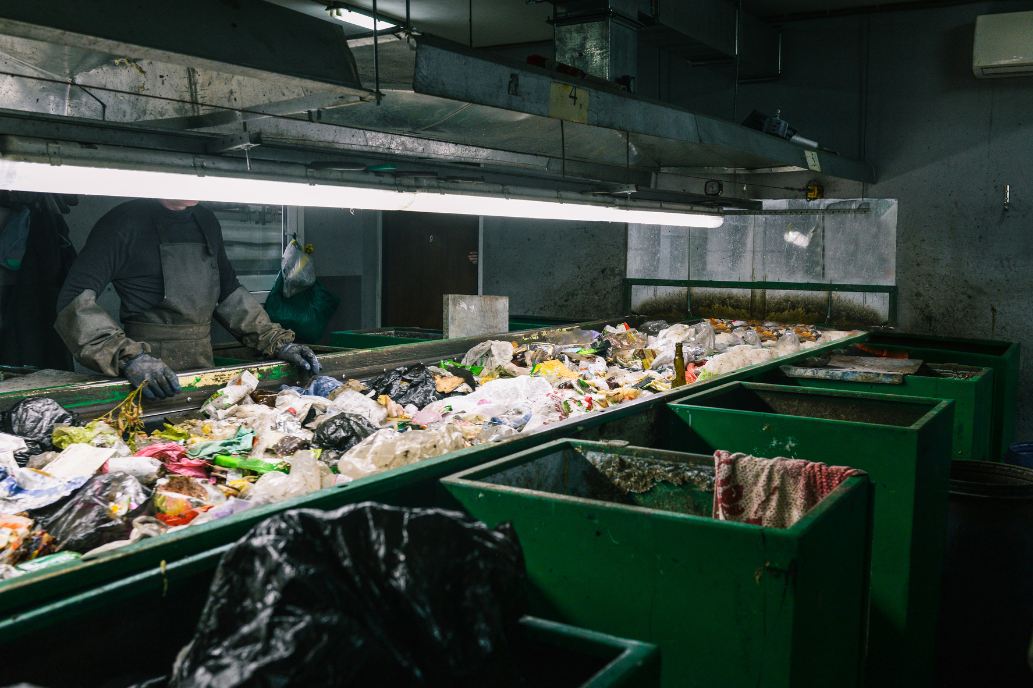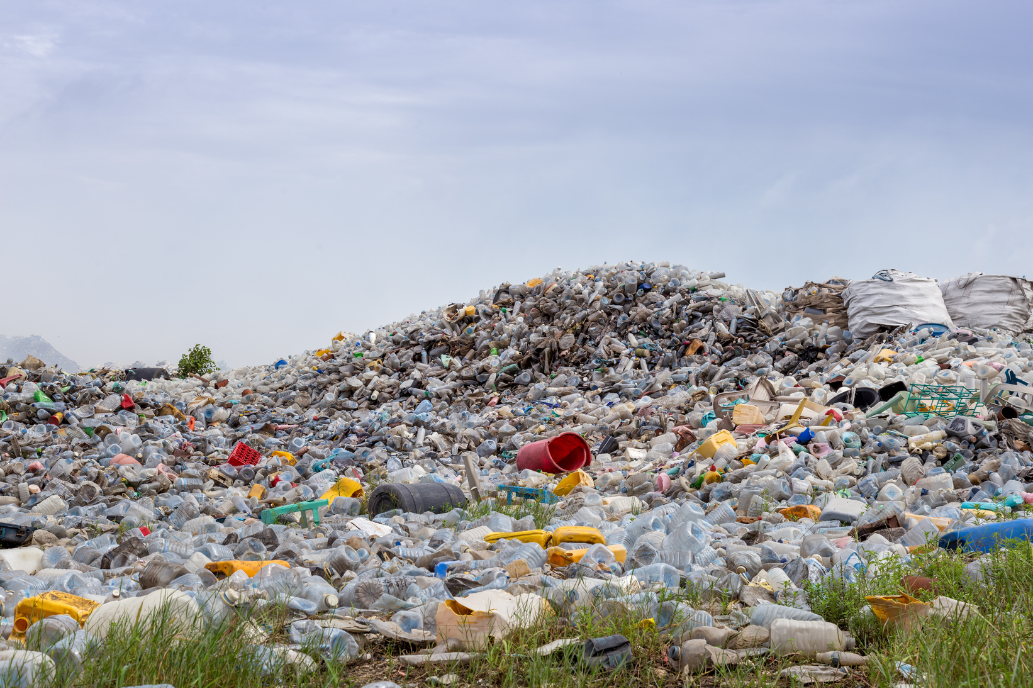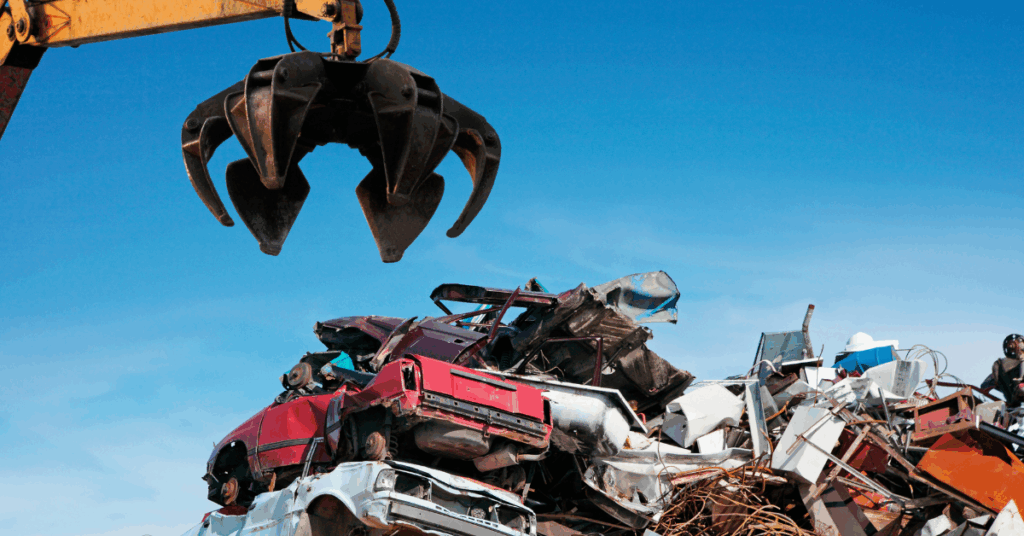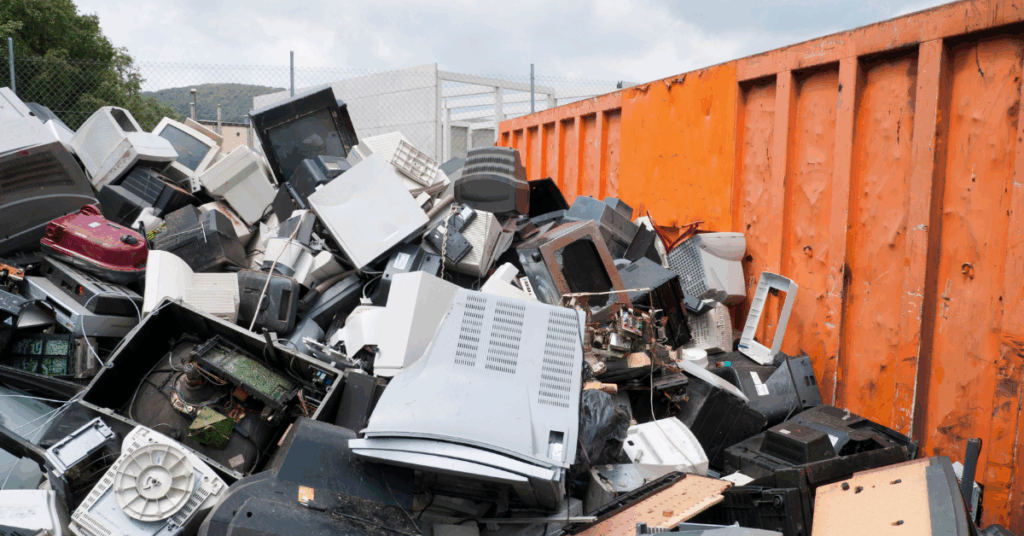EPR compliance in 2025 has completely changed the way plastic recyclers, aggregators, and scrap traders operate. For years, recyclers stayed behind the scenes, working quietly as informal suppliers of recycled plastic. That era is over. Producers need certified recyclers more than ever, and the ones who can issue clean documentation, maintain traceability, and guarantee recycling capacity are becoming the strongest players in the chain.
The key shift in 2025 is that producers must meet higher recovery targets. Some categories have jumped by 15 to 20 percent. And they can’t meet these targets on their own. They need recyclers who can handle verifiable tonnage, provide digital evidence, and maintain compliance records. This is where the real opportunity opens for recycling businesses.
Certified recyclers who maintain transparent operations now command better pricing because their recycling certificates (EPR credits) are in extremely high demand. Producers need clean paperwork, and they’re willing to pay a premium for recyclers who run proper MRF setups, documented bale movement, and batch-wise processing. Even aggregators who previously operated informally are now formalising their businesses, registering on EPR portals, and building partnerships with authorised recyclers to meet demand.
case that demonstrates this shift involved a recycling firm in Gujarat that handled around 150-180 tons of LDPE and PP waste per month. After EPR tightening, two large FMCG brands approached them directly. Not for scrap supply, but for assured monthly recycling capacity with traceability. The recycler invested in basic digital tracking, hired a compliance manager, and standardised bale marking. Within one year, their monthly revenue jumped nearly 40 percent because they began supplying EPR credits in addition to selling recycled pellets. The work didn’t change much, just the level of documentation did. But it led to the increase in market value.

Recyclers who can offer end-to-end traceability from collection to sorting, washing, pelletising, and dispatch have a clear advantage. Producers are being audited more frequently, and they cannot risk non-compliant recyclers. This means informal operators must adapt: GST compliance, waste tracking logs, certified weight records, and transparency in sourcing are no longer optional. For many, this shift is turning out to be profitable rather than painful because it pushes them into a higher-value bracket.
Aggregators also have a larger role now. Producers need clean feedstock for recycling, and aggregators who can supply consistent volumes of sorted materials like HDPE, LDPE, PET and PP are becoming priority vendors. Mixed bales without traceability won’t help producers meet EPR needs. But well-structured supply chains with documentation can command 15 to 25 percent higher pricing, depending on the category.
Another big development is the growing importance of advanced recycling. Chemical recyclers converting plastic waste into oil or monomers are becoming extremely relevant for hard-to-recycle materials. Scrap suppliers who can segregate multi-layered packaging or contaminated LDPE films are finding new buyers in this emerging space because these materials were traditionally avoided by mechanical recyclers.

is pushing the recycling industry into a formal, organised, and more profitable space. Recyclers who invest in compliance, batch tracking, quality testing, and transparent records are going to lead the market. Producers don’t want the cheapest recycler, they want the safest one for compliance. And that positioning is worth far more than traditional scrap margins.
2025 may be the first year where recyclers become central to producer compliance rather than background vendors. The players who adapt now will be the backbone of India’s circular plastic economy.


